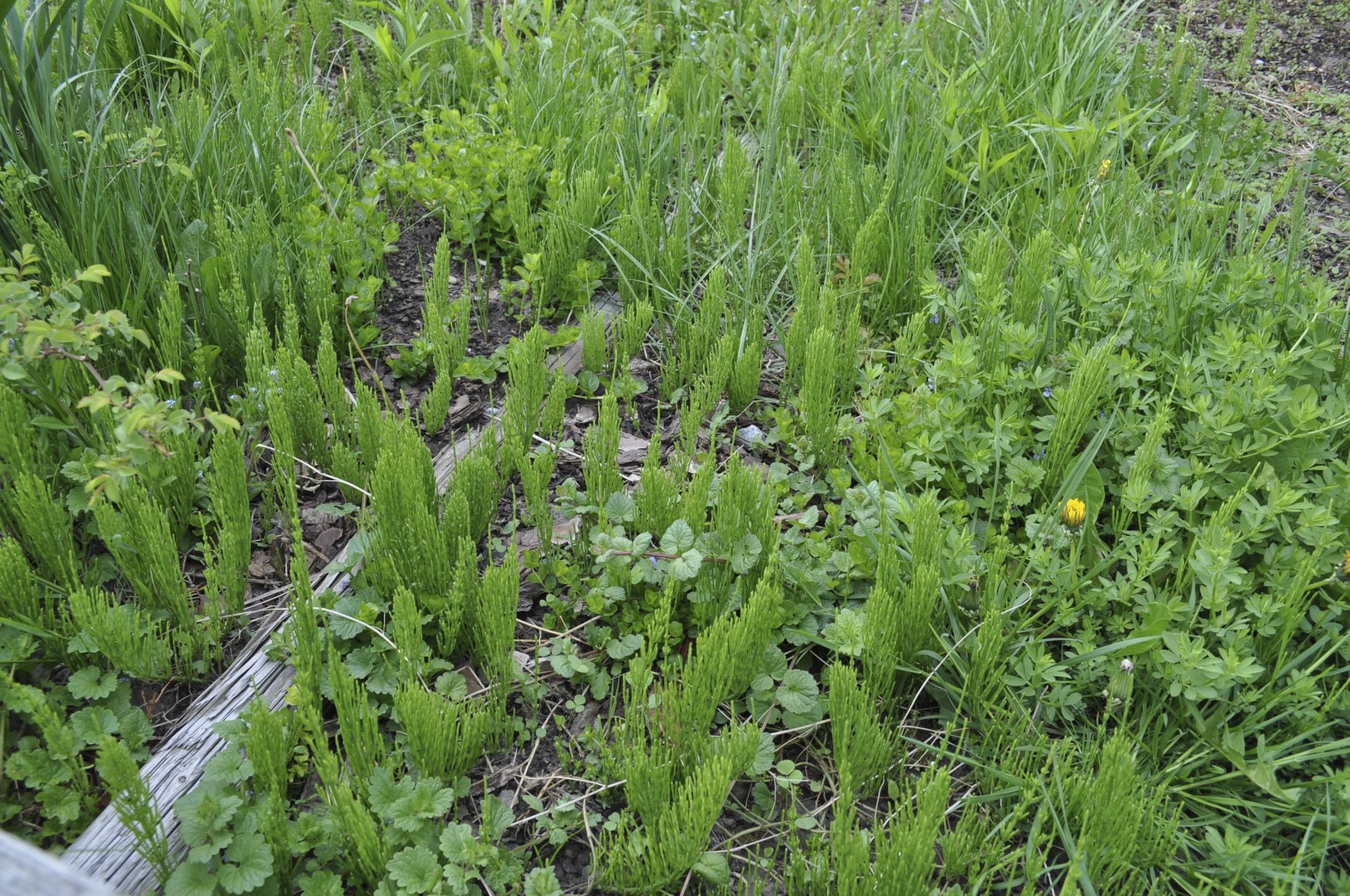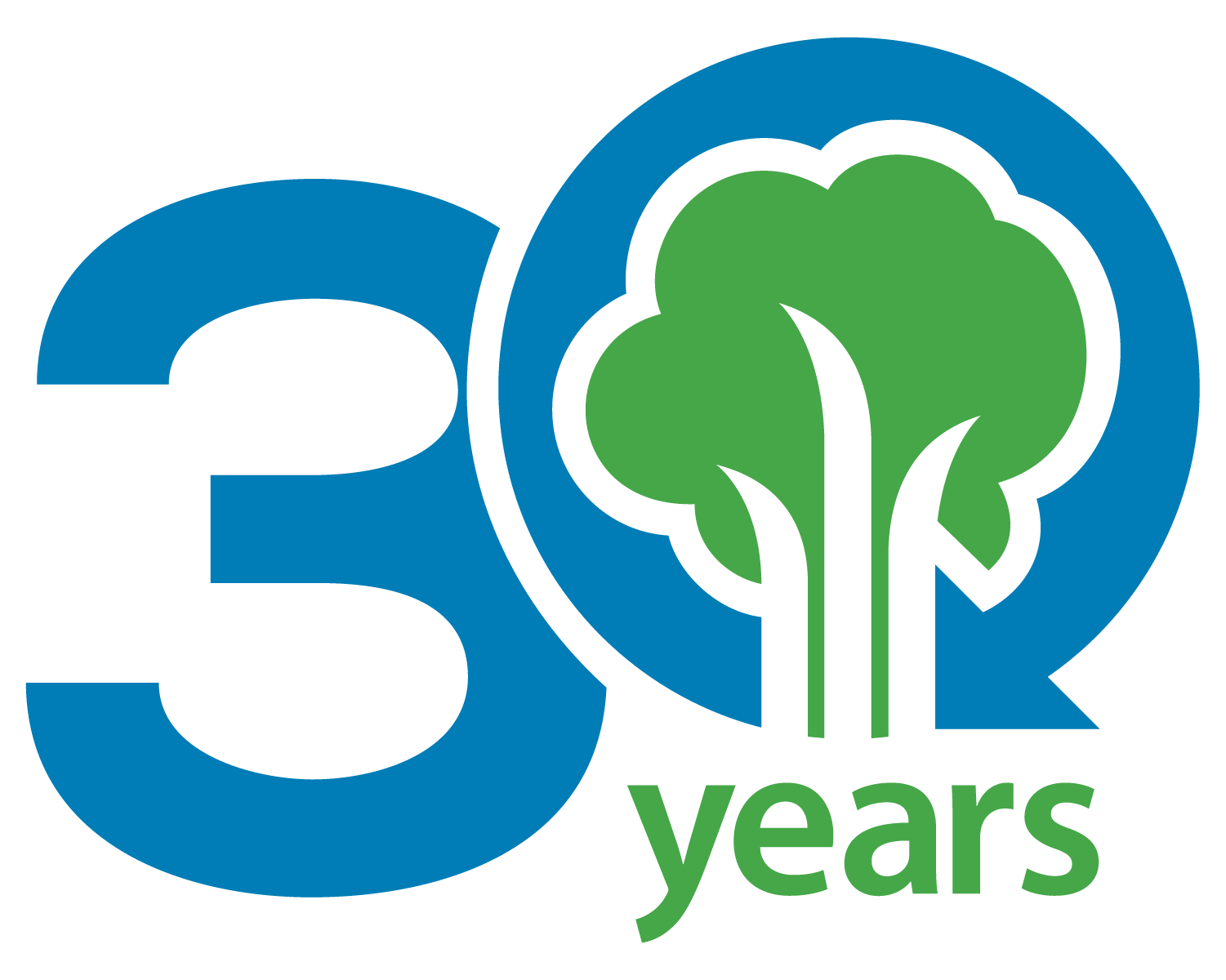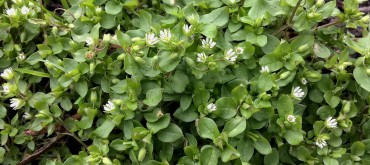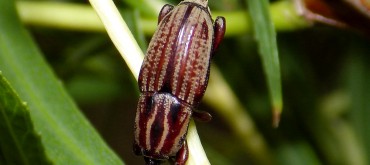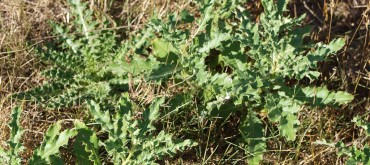Problem
Horsetail, or equisetum arvense, is a weed that is found all over Ontario. Horsetail is a perennial weed, meaning it remains dormant throughout the winter. It is a very invasive weed that has an extensive root system. Because of this, pulling the weed out is not advised as any debris that breaks off the roots will sprout a new shoot, taking over the area even faster. Horsetail is mainly found in areas with poorly drained soils, and is an intense competitor for other plants and grasses. Horsetail can also be very toxic to animals if ingested.
Life cycle
Horsetail is often found near watery areas, and can grow up to 0.5 m. in field and meadows. This weed spreads by spores being carried by the wind, and the roots expanding. Horsetail grows in fairly poor soil conditions, where proper water drainage has been an issue. This weed has no leaves or flowers, and typically grows in two stages. The first stage occurs in early Spring, and the weed will be a leafless stem with a spore-bearing cone on top. The cones on the top of the Horsetail typically shed their spores in May. It is best to tackle Horsetail during the first stage, when the stems are fertile. Once the stems have withered, stage two begins during the summer months. During this period, the weed will have ferny/leafy stems branching out from the plant. Horsetail is most commonly seen in this phase.
Solution
Currently, there is no control product for Horsetail; the best defence against this weed is a healthy lawn. If your lawn is fertilized regularly, mowed accurately and irrigated properly it will be able to withstand and choke out a weed invasion. First and foremost, watering deep but less frequent will allow the roots of your grass to deepen and in turn prevent the growth of all kinds of weeds. If we think about how seeds germinate like a newly planted lawn, the more often we water, the more likely new grass seeds will germinate. By watering deeply, we can provide enough water to existing plants so that they have water in their root zone, while at the same time avoiding constant moisture to the weed seed bed. This will result in the weed seed not being able to source enough water to survive.
Always keep your lawn around 3” long, this will give your soil some shade and will prevent any weeds from germinating, especially along the edges. All seeds, regardless of type, need sunlight at the soil where the seed is present to germinate, so remembering that like mulch in your gardens, if we can prevent the sunlight from reaching the seed when the conditions are favorable for germination, the seed won’t germinate.
An annual aeration is also recommended to loosen compacted soil, this gives your lawn a great advantage by opening the root system, allowing for air, nutrients and moisture to flow optimally, minimizing Horsetail germination. Because Horsetail thrives in poor soil conditions, strengthening the health of your soil will help eliminate this weed.
Pulling the weeds will result in breakage of the root system and result in more shoots sprouting, therefore increasing the area covered by the weed. If you feel like you’ve tried everything and need professional help, we offer a 6 visit program with weed control to help your lawn withstand weed invasion. If you have any questions about weeds on your lawn, don’t hesitate to give our office a call and a lawn care specialist will be happy help.
